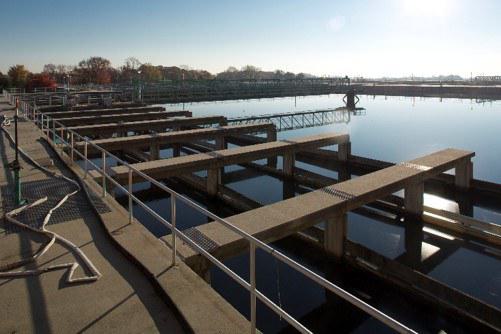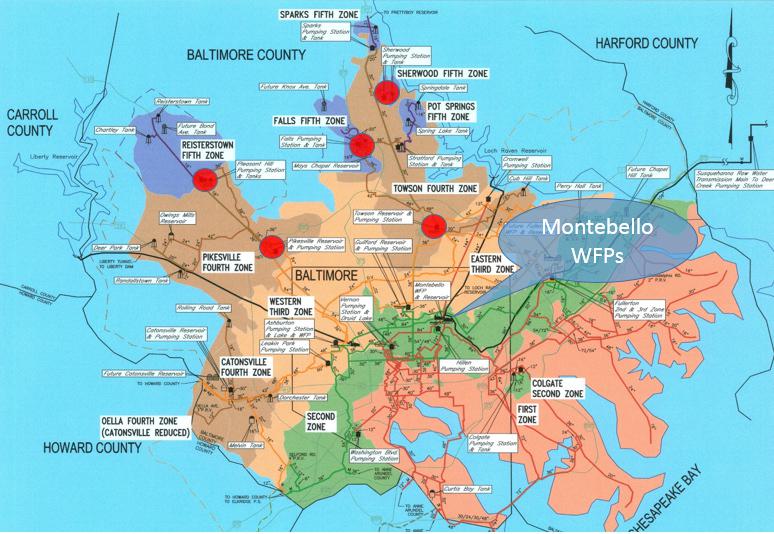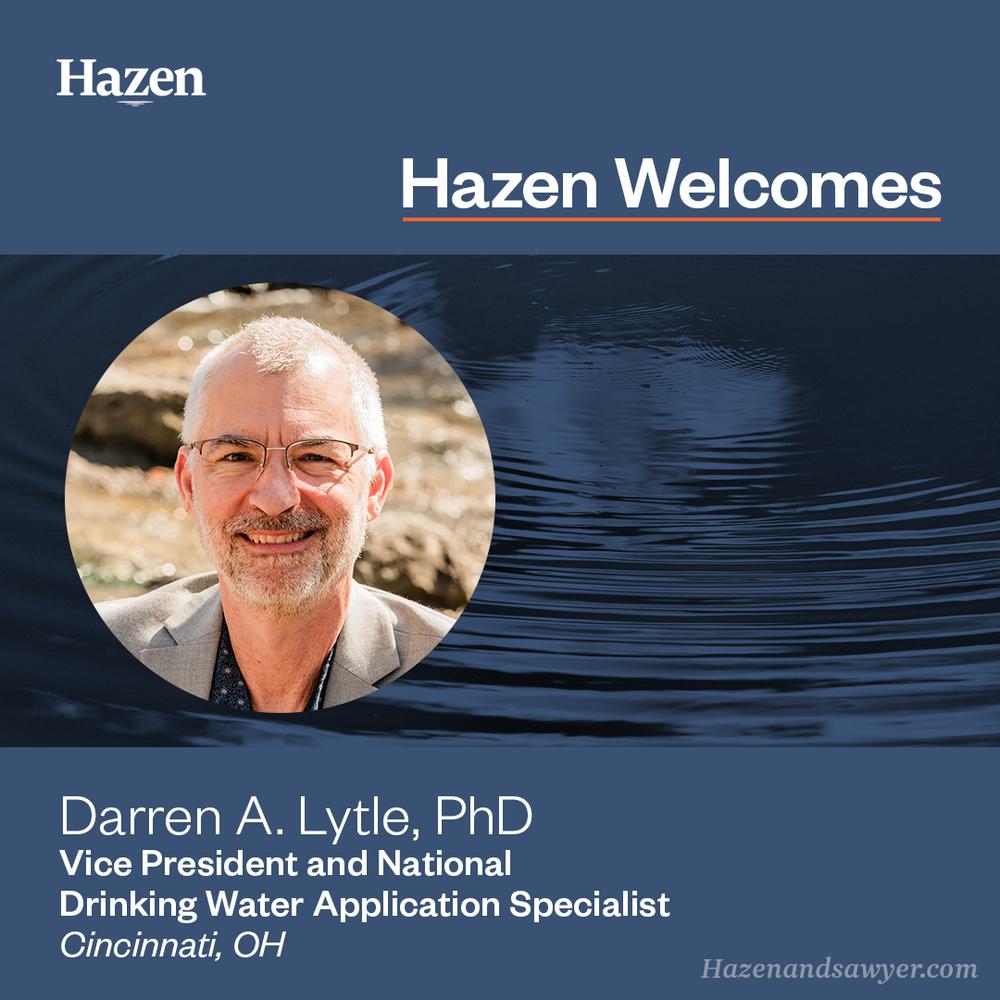Conceptual Design of the City of Baltimore’s Sodium Hypochlorite Facilities

As utilities evaluate the risk to operations personnel and the public posed by the use of chlorine gas for disinfection, many of them are considering conversion to sodium hypochlorite. The City of Baltimore, Maryland is one such utility that recently went through an evaluation of their disinfection process with an eye towards safety. The City operates the Montebello Filtration Plants I and II and the Ashburton Filtration Plant, as well as several satellite disinfection facilities for maintenance of free chlorine residual throughout their multi-zoned water distribution system. These facilities posed safety concerns for the surrounding community, including the need to transport chlorine cylinders throughout the City to the satellite facilities, often on smaller, neighborhood roads. Due to the safety concerns, the City of Baltimore elected to convert their entire system from gaseous chlorine to bulk sodium hypochlorite.
Related Topics:

The presentation will focus on the development of the basis of design for the City’s bulk hypochlorite systems, with a particular emphasis on design storage volumes and control of perchlorate and chlorate formation. Simultaneous with the conversion to hypochlorite, the City wanted to move the point of chlorination from the raw water to pre-filter. The pre-filter feed point is expected to provide reduced oxidant demand, meaning lower chlorine doses would be required to obtain the target disinfectant residual. The City is also in the process of covering the last of their open finished water reservoirs. When systems move from open to covered storage, the chlorination practices change significantly. The decay in free chlorine residual is generally much less than under open-reservoir situations; in cold temperatures, there is often little to no loss in free chlorine residual at all. This change in chlorine decay in our experience has led to reduced demand for free chlorine at covered facilities, meaning that booster chlorination systems could be designed with much less capacity.

Bench-scale testing was performed to assess the reduction in chlorine demand through moving the point of chlorination and covering finished water reservoirs, as well as assess the performance of alternative raw water oxidants and the impact of changing from gas chlorine to hypochlorite on plant pH. The chlorine demand testing was used to set the expected pre-filter chlorine dose range to avoid overdesigning bulk storage volumes at the City’s Montebello Water Filtration Plants. The hypochlorite degradation model developed by Hazen and Sawyer for AWWA was used in conjunction with the bench-scale derived doses to ensure that storage volumes were appropriate for operational flexibility as well as minimization of chlorate and perchlorate formation. The presentation will summarize the evaluation of alternative storage options and environmental conditions that were assessed as part of the bulk storage design development for minimization of chlorate and perchlorate formation.











